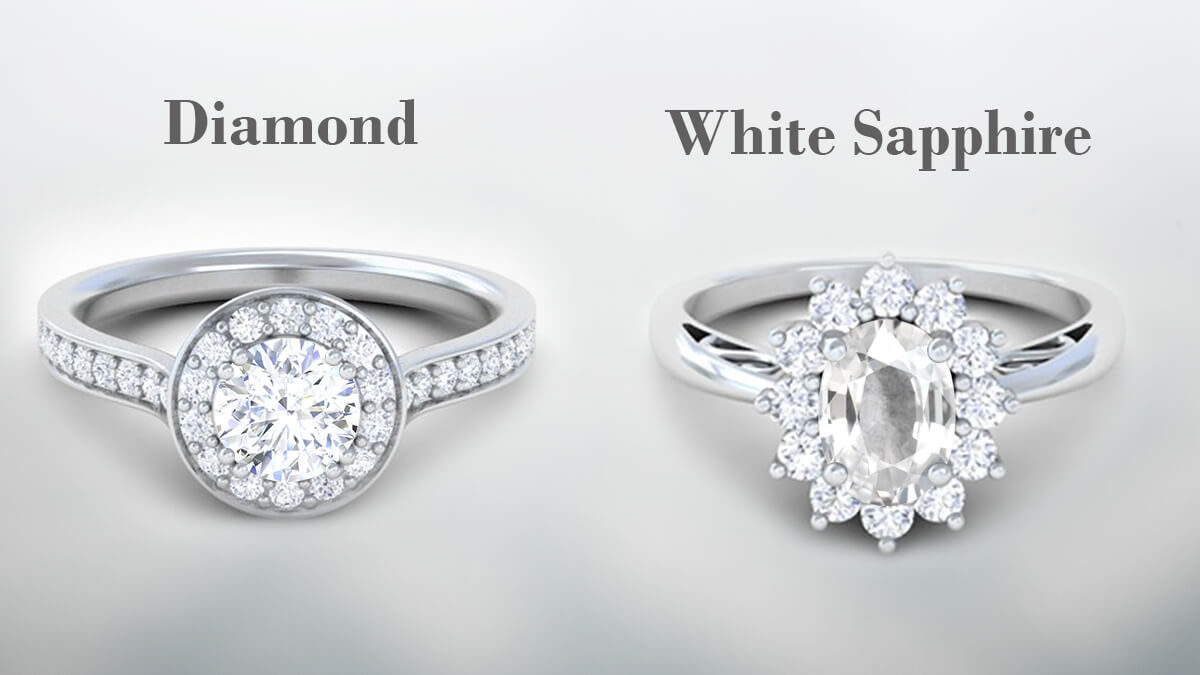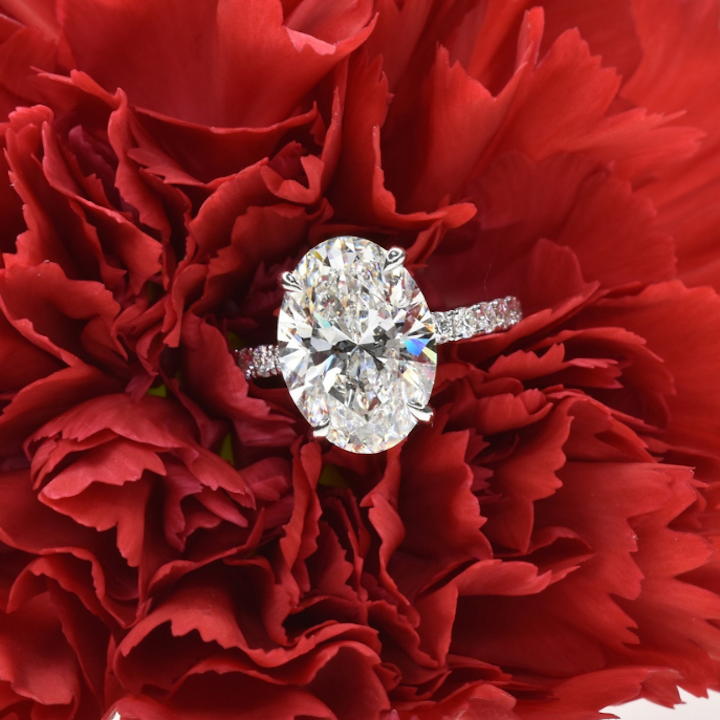White Sapphire vs Diamond: Understanding the Differences and Choosing Lab-Made Diamonds
When it comes to selecting the perfect gemstone for an engagement ring or fine jewelry, the debate between white sapphire vs diamond is common. While both stones exhibit stunning beauty, they possess unique characteristics that make them distinct. Many buyers today also consider lab-made diamonds as a sustainable and ethical choice. Understanding the differences between white sapphire vs diamond and exploring lab-made diamonds will help you make an informed decision.
Appearance and Brilliance: White Sapphire vs Diamond
The primary factor that distinguishes white sapphire vs diamond is their brilliance. Diamonds are known for their exceptional sparkle due to their high refractive index, which allows them to reflect light more effectively. In contrast, white sapphires have a lower refractive index, giving them a softer, more subdued sparkle. However, lab-made diamonds offer the same brilliance as natural diamonds, making them an attractive choice for those who prefer superior sparkle without compromising on ethical sourcing.
Durability and Hardness: White Sapphire vs Diamond
One of the key differences between white sapphire vs diamond is their hardness. Diamonds rank at 10 on the Mohs hardness scale, making them the hardest known material. White sapphires, on the other hand, have a hardness of 9, making them durable but more prone to scratches over time. This durability makes diamonds, including lab-made diamonds, a better option for everyday wear, especially in engagement rings that experience frequent exposure to wear and tear.
Price Comparison: White Sapphire vs Diamond
Affordability plays a crucial role when comparing white sapphire vs diamond. White sapphires are significantly more affordable than diamonds, making them an appealing alternative for budget-conscious buyers. Natural diamonds are costly due to their rarity and mining expenses. However, lab-made diamonds offer a middle ground, providing the same aesthetic and physical properties as natural diamonds at a lower price. This affordability makes lab-made diamonds a compelling option for those who want the beauty of diamonds without the hefty price tag.
Ethical and Environmental Impact: White Sapphire vs Diamond
Another important consideration in the white sapphire vs diamond debate is the ethical and environmental impact of gemstone mining. Natural diamond mining has raised concerns regarding environmental damage and unethical labor practices. White sapphires, while still mined, have a lesser environmental footprint. However, lab-made diamonds are the most ethical choice, as they are created in controlled environments without contributing to deforestation or unethical labor. Those seeking an eco-friendly option should strongly consider lab-made diamonds.
Maintenance and Cleaning: White Sapphire vs Diamond
Jewelry maintenance is an essential aspect when evaluating white sapphire vs diamond. Diamonds, including lab-made diamonds, have a high resistance to dirt and maintain their brilliance with minimal upkeep. White sapphires tend to become cloudy over time and require frequent cleaning to restore their shine. This factor makes diamonds, especially lab-made diamonds, a low-maintenance option for those who want long-lasting sparkle with minimal effort.
Customization and Availability: White Sapphire vs Diamond
When considering white sapphire vs diamond, customization options play a significant role. Diamonds, both natural and lab-made, are available in a wide variety of cuts, sizes, and settings, making them versatile for jewelry design. White sapphires also come in various shapes and sizes but do not offer the same level of customization as diamonds. lab made diamonds, in particular, provide an opportunity for buyers to select ethically sourced, high-quality stones without sacrificing design flexibility.
Resale Value and Investment: White Sapphire vs Diamond
For those looking at gemstones as an investment, the white sapphire vs diamond comparison highlights a significant difference in resale value. Natural diamonds generally hold their value over time, whereas white sapphires have lower resale potential due to their affordability and availability. Lab-made diamonds, while more cost-effective, also have lower resale value compared to natural diamonds. However, their ethical and budget-friendly appeal outweighs this downside for many buyers.
Why Lab-Made Diamonds Are a Smart Choice
While comparing white sapphire vs diamond, it is evident that lab-made diamonds offer an excellent alternative for those seeking beauty, durability, affordability, and ethical sourcing. Lab-made diamonds provide the same brilliance and hardness as natural diamonds without the environmental and ethical concerns associated with mining. Moreover, they offer an ideal balance between cost and quality, making them a smart choice for modern consumers.
Conclusion
The debate between white sapphire vs diamond is one that depends on personal preferences, budget, and ethical considerations. While white sapphires are an affordable and elegant option, they do not match the brilliance and durability of diamonds. Lab-made diamonds, on the other hand, offer the same stunning qualities as natural diamonds at a lower price while also being a more ethical and eco-friendly choice. When deciding between white sapphire vs diamond, considering lab-made diamonds is a wise choice for those who want beauty, durability, and sustainability in their jewelry selection.




